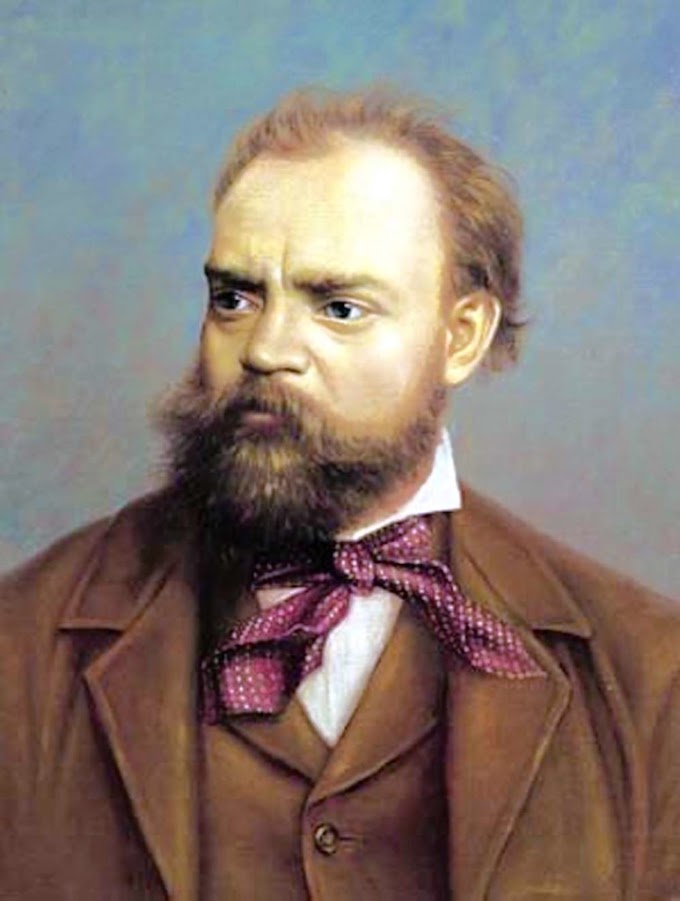 |
| Jongmyo-JeRyeAk(종묘제례악) |
Jongmyo in Seoul is a place for Confucian rituals dedicated to kings and queens of the Joseon Dynasty(14th to 19th centuries). Jongmyo-JeRye(UNESCO world Heritage) is a ritual performed in Jongmyo, and it is also called Jongmyo Daeje, because it was a very large and important ritual among the national rituals of the Joseon Dynasty.
(Click on this link for Jongmyo: https://cyoonkyo.blogspot.com/2019/10/the-jongmyo-royal-ancestral-shrine-of.html)
Jongmyo-JeRye ritual was a magnificent national ritual held in the royal family, and was a dignified Gilrye received by the king. In Confucianism, there are five rituals such as Gilrye, Pyeongrye, Gunrye, Binrye, and Garye, among which the Gilrye are considered to be the top, and this is the basis of the practice of Hyo. In the Joseon Dynasty, when Confucianism was the fundamental ideology of the state, worship of ancestors was regarded as the most important law to rule the nation and the human being. So, from ancient times, he set up a grave and resignation, sacrificed to the king and royal ancestors who founded and prospered the country, and sacrificed to the ministers who contributed to the development of the country.
The tradition of Jongmyo-JeRye originates from ancient Chinese literature on the concept of worship of ancestors and filial piety, but remains a unique example of Confucian rituals that are no longer performed in China.
Jongmyo-JeRyeAk(종묘제례악, Jongmyo ritual music) is the music played during the Jongmyo JeRye, and is performed together with instrumental music, dance and song.
According to each procedure, Bo Tae-pyeong and 11 songs of Jeong Dae-up are played as Korean traditional instruments. In Jongmyo JeRyeAk, percussion instruments such as Pyun-jong, Pyun-gyeong, and Direction form the main melody, and the decorative melodies of string instruments such as Dang-piri, Dae-geum, Hae-geum, and A-jaeng are added. On top of this, Jang-gu, Jing, Tae-pyeong-so, Jeol-go, Jin-go, etc. use more diverse melodies and songs are overlapped, and Jongmyo-JeRyeAk has a profound and splendor that is difficult to feel in any music. The musical instrument arrangement changed according to the time, but it was settled as today's form.
The concise and powerful songs of Bo Tae-pyeong and Jeong Dae-up are the contents of praising the virtue of the king who established and developed the great nation, and are accompanied by the dances(Il Moo) of Mun-mu and Mu-mu which symbolize the Learning and Military affairs while the Jongmyo-JeRyeAk is played.
 |
| IL MOO |
The dance's mun-mu and mu-mu are performed by 64 dancers composed of eight lines, and they express complementary notes yin and yang as opposed to each other as they appear in Confucian literature. A mun-mu symbolizes a yang(positive).
Mun-Moo is a dance to honor the virtues of the previous kings and Mu-mu is a dance that praises the martial arts of the kings, and carries a wooden knife and spear (the four lines in the front hold a wooden knife, and the four lines in the back do the spear) and is characterized by moving to the right and symbolizes the yin(negative).
Jongmyo-JeRye is the highest quality and is the royal ritual held according to Confucian procedure. Through this, it played a role in forming the bond and order of the national community by practicing the basic ideology of the East, 'Hyo', at the national level.
During the dynasty, it was said that it was played every five large sacrifices on the lunar basis. But now, it plays only once a year, the first Sunday of May, and it will be held twice a year from 2011, the 10th anniversary of UNESCO. The first Sunday of May was carried out as it was, and the first Saturday of November was added. As it is the highest position of court music, there is no excitement or intensity shown in folk music, and it is hardly popular because it is strictly proceeded according to the protocol.
(Click on this link for Jongmyo-JeRye: http://www.jongmyo.net/english_index.asp)
In addition, the magnificent and refined beauty of Jongmyo-JeRye and Jongmyo-JeRyeAk, which is held in the formative architectural space of Jongmyo, is the essence of oriental comprehensive art combined with nature, and is a precious spiritual cultural heritage of Korea that transcends 500 years of time and space.


0 댓글